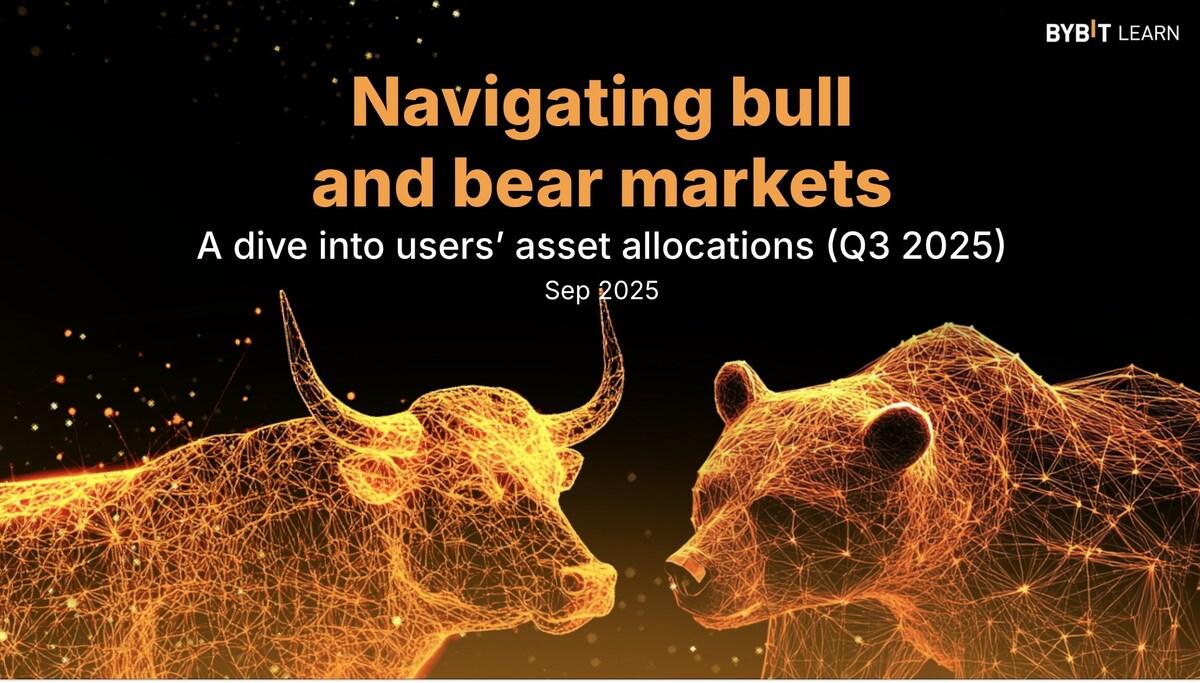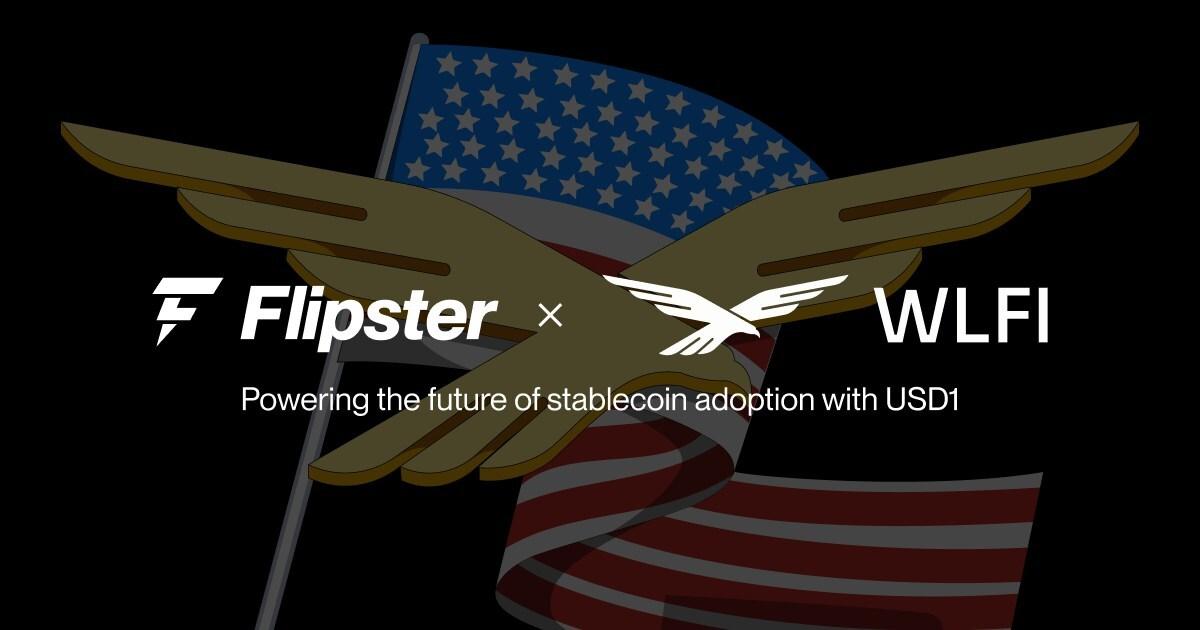Dream Team Behind $10bn RWA Deal Aims to Make Tokenized Property Market a Reality

Bringing luxury property onto the blockchain isn’t as easy as spinning up a memecoin. Which is why efforts to do so are generally collaborative, pulling in expertise and experience from multiple areas. You need a network, of course, for traceability and security; a real-estate firm willing to fractionalize bricks and mortar into digital assets; and a marketplace that connects tokenized property with investors to facilitate round-the-clock trading.
This collaborative approach is evident in an alliance that has ambitiously targeted tokenizing $10 billion of property in the United Arab Emirates (UAE). The dream team combines an RWA-focused Layer-1 blockchain (Mavryk), a global derivatives giant (MultiBank), a Dubai real estate company (MAG Group), and an institutional-grade custody leader (Fireblocks), with the quartet aiming to make make property ownership accessible to all.
Although the on-chain real-world asset (RWA) market is already worth a cool $24.8 billion, that figure is just a fraction of crypto’s total $3.7 trillion market cap. It’s also a drop in the ocean when compared to the $226 trillion global real estate market. The expression ‘we are still early’ has rarely been so accurate.
Why Now?
The maturation of the crypto market, led by bitcoin and ethereum but with dollar-pegged stablecoins also playing their part, has led institutions to explore what the Web3 world has to offer. Hence last year’s arrival of spot BTC ETFs and BlackRock’s tokenized fund BUIDL, the latter being the current largest tokenized RWA.
The tokenization of real-world assets involves issuing digital tokens that represent ownership or a claim on an underlying asset – bonds, treasuries, stocks, carbon credits, property, gold, credit, art, etc. Currently, there are around 340,000 RWA holders (up 21% in the last month) and 256 issuers, with action spread across top chains like Ethereum and Solana.
A recent Bank of America report, meanwhile, notes rising investor interest in real-world assets. Hashkey CEO Dr. Xiao Feng believes China’s crypto re-engagement could focus on stablecoins and RWAs.
It’s natural to ask ‘Why now?’ The truth is, the walls dividing tradfi from defi are coming down and legacy financial services companies now recognize blockchain’s disruptive potential. Crypto-native fintechs, meanwhile, are eager to bring institutional investors into their orbit by exposing them to Web3 products and services.
Mavryk, a regulatory-compliant Layer-1 network, is the linchpin of the aforementioned deal to bring $10bn of luxury property on-chain. Unlike competitors rearchitecting their chains to jump on the RWA ‘trend’, Mavryk has been built from inception to serve this market. When its mainnet launches later this year, it promises to grant investors opportunities to secure tokenized stakes in multiple high-end properties in MAG Group’s portfolio, and even earn on-chain yield backed by this value. Fireblocks, which secures over $7 trillion across 100+ blockchains, will provide state-of-the-art custody services after recently joining the founding trio.
Is Dubai the Epicenter of RWA Revolution?
It is worth noting that the Mavryk-MAG-MultiBank-Fireblocks deal isn’t the only one centered in Dubai. A strategic partnership between the Dubai Land Department, Prypco, and Ctrl Alt Solutions could also see several billion dollars worth of property brought on-chain.
Dubai’s crypto-friendly policies and public investment initiatives have made the Emirate a digital business hub, with disruptive tech high on the national agenda. Indeed, it is one of few places in the world with clear laws for buying property with cryptocurrency.
Property, of course, is just the tip of the iceberg when it comes to RWAs. However, it’s perhaps the best gateway for ordinary investors – since even those who shy away from stocks appreciate the appeal of owning real estate.
Little by little, we are progressing towards a future in which anyone can invest in real-world assets – be it property or precious metals – wherever they are. In time it’s even possible the RWA sector could ‘eat’ the crypto market that spawned it.
Disclaimer: This article is provided for informational purposes only. It is not offered or intended to be used as legal, tax, investment, financial, or other advice




